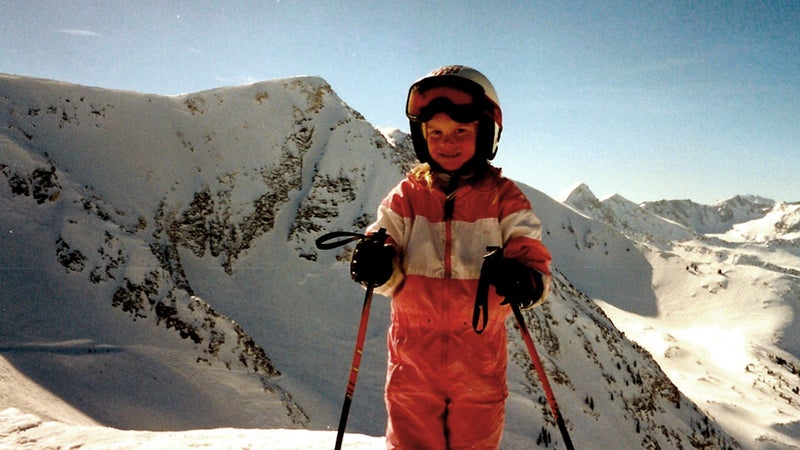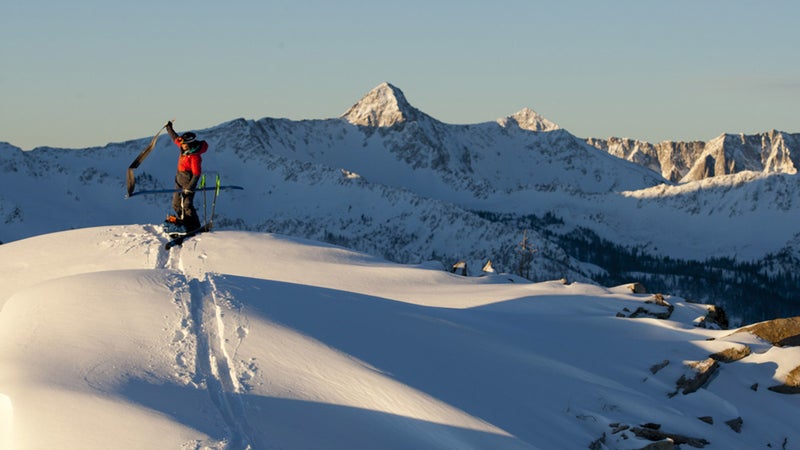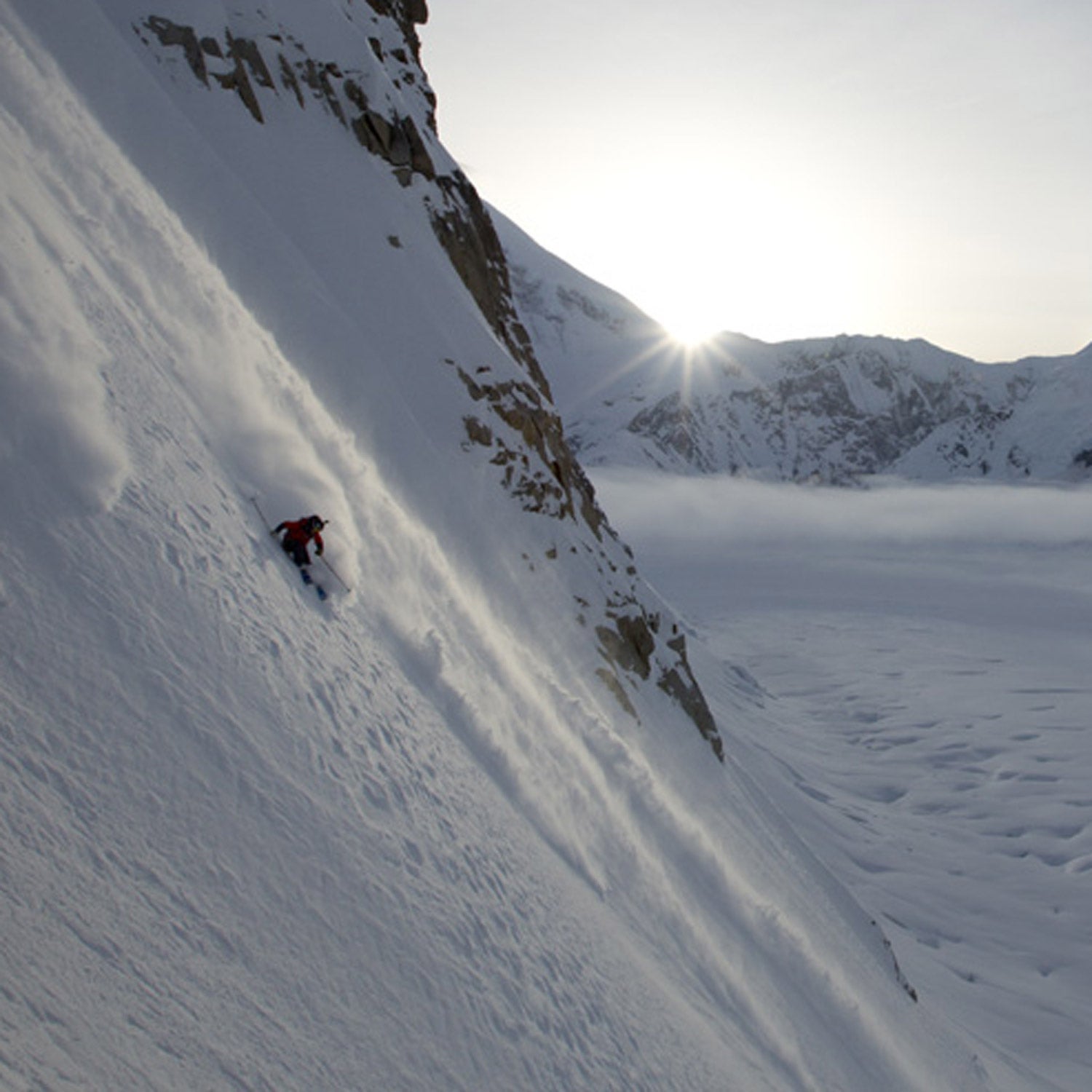My younger brother John��and I grew up in Snowbird Ski Resort’s employee housing,��high in Utah’s Little Cottonwood Canyon, 30 minutes drive from downtown Salt Lake City and home to Snowbird and Alta, two of Utah’s premier ski resorts. My dad was a ski patroller at Snowbird.��We were lucky: Our childhood was filled with fresh air and, in winter, fresh snow. But that’s been changing for the worse.
From kindergarten through high school, my mom homeschooled us, along with four other canyon kids. We rarely left the canyon in winter, we just skied. It was a child’s utopia, except for the fact that, most days, the border between our life in the canyon heights and the Salt Lake Valley below was clearly demarcated by a thick layer of brown-gray haze.

As a kid, I had no idea that Utah’s coal-fired power plants, among other sources of pollution, were contributing to that shroud. I’ve since learned that two coal plants in my state,��Rocky Mountain Power’s Hunter and Huntington plants, produce more than 40 percent of the smog and haze-causing air pollution from Utah’s electric sector, . Dangerous pollutants from these plants reach as far north as Grand Teton National Park in Wyoming, as far south as the Grand Canyon, and as far east as��Rocky Mountain National Park. It’s a particularly bad example of a larger problem of unhealthy air looming over national parks outlined earlier this year by the National Parks Conservation Association (NPCA).
Utah is among the last��states in the country, along with Texas, Alaska, and Louisiana, to require its power plants to reduce haze-forming emissions. That’s largely because the state has balked at requiring critical��standards on emissions. As a result, the NPCA, the Sierra Club, and the nonprofit environmental group HEAL Utah jointly filed suit against the Environmental Protection Agency last spring��on the grounds that the agency failed to timely require pollution��controls on the Hunter and Huntington plants. As a result of the��suit, the EPA will issue a draft plan for dealing with the plants’ emissions on November 19.
“It was a child’s utopia, except for the fact that, most days, the border between our life in the canyon heights and the Salt Lake Valley below was clearly demarcated by a thick layer of brown-gray haze.”
Anyone who values our public lands, national parks, ski areas, rivers, and wild places, as well as public health, should join in the effort to get Utah to clean up its act.��Earlier this month, 100 pro athletes and outdoor recreation businesses ��to the EPA urging the agency to consider the impacts of the plants on Utah’s $12 billion outdoor sports economy and on public health. “According to the Clean Air Task Force, pollution from the plants directly contributes to 11 premature deaths and 233 asthma attacks every year,” the letter says.��
“All you have to do to see the problem is drive up into the canyon and turn around,” says Dave Fields, vice president of mountain operations at Snowbird Ski and Summer Resort, referring to the haze. Fields and his daughter are both asthmatic, and he says anecdotally that asthma seems to be a major local health problem.
My upbringing afforded me a backdoor perspective on the tourism industry. I knew why I loved this lifestyle so much, and it was obvious to me why other people would want to come and spend their vacation time in places like my childhood home. Now, as a professional skier and athlete, the foundation of my livelihood is winter tourism and the snowsports community.

When I’m traveling and people hear I’m from Little Cottonwood Canyon, they’ll increasingly say things like, “Man, I love the skiing there. But that pollution! I don’t know how you guys do it. We’ve started skiing other places because we just can’t deal with it.” I’m a Utahn, born and bred, and comments like this indicate to me that we have a serious problem.
��
Please join me in asking Utah and the US Environmental Protection Agency to clean up coal pollution. You can help in two ways:
��
1. Send a letter to the EPA before November 19 asking the agency to require Utah coal-fired power plants to implement modern and achievable pollution controls, here: .
2. Share an image on social media of your favorite place in Utah, and say why clean air in our parks and wild places is so important. Be sure to use the hashtag #cleanair4utah and tag and .
��
Angel Collinson is a 25-year-old professional big-mountain skier and a member of the . She lives in Utah’s Salt Lake Valley.


